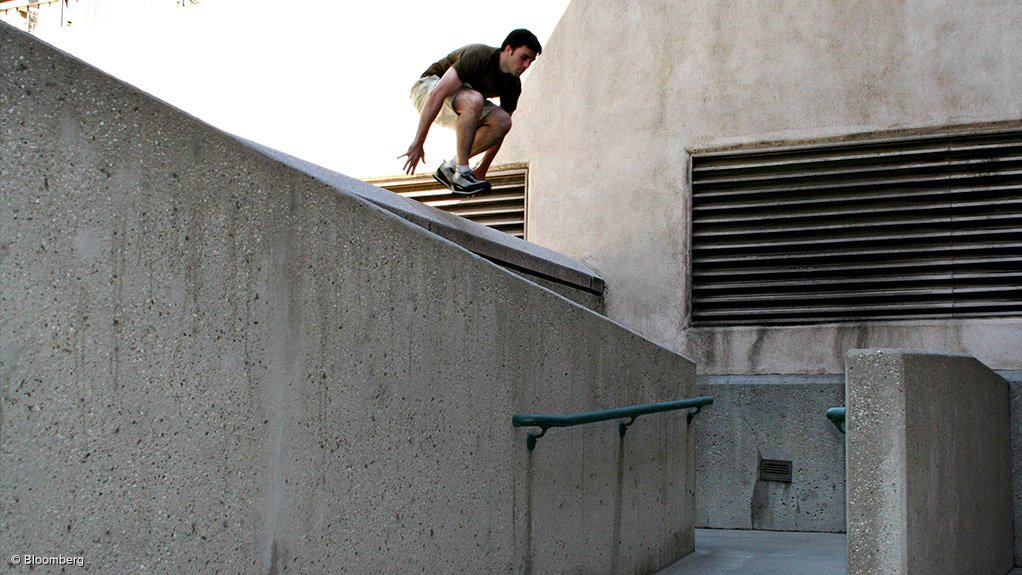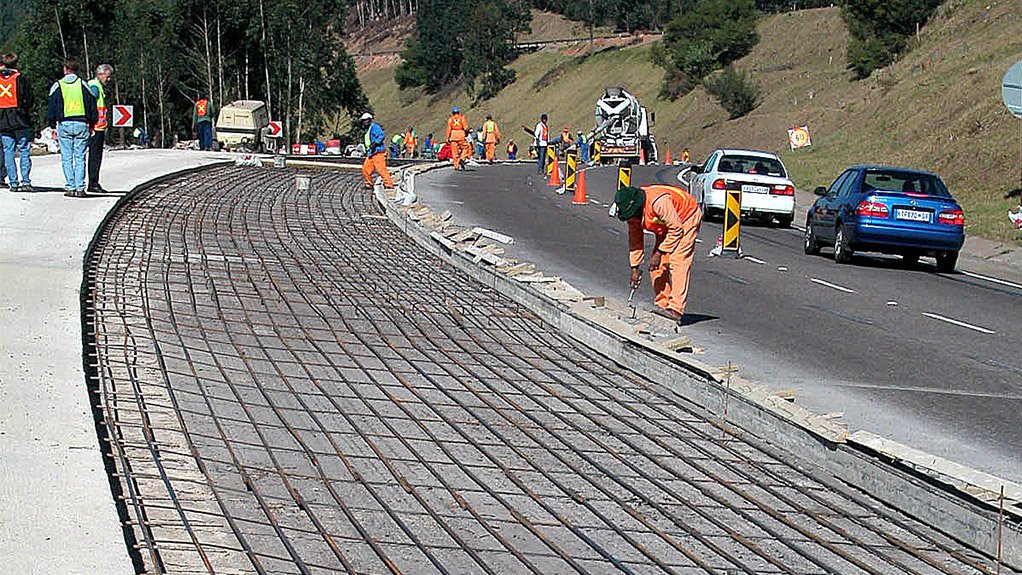Sustainable construction should be pursued instead of green building, and using concrete can help achieve this, as it is quite a sustainable material, advances technical services provider for concrete The Concrete Institute (TCI) MD Bryan Perrie.
TCI is well poised and equipped to promote this, having undertaken extensive research into carbon dioxide (CO2) emissions of cement and concrete over the years; authoring detailed reports quantifying exactly how much CO2 cement and concrete emits, from “cradle to gate” and detailing the sustainability of concrete. The organisation also runs a range of training courses to educate people on concrete, and how to use it sustainably.
While the Green Building Rating System – as administered by the Green Building Council of South Africa – does have its merits, it does a disservice to the concrete industry, Perrie declares.
“It is based on a point-based system and, while it is good in principle, encouraging environment-friendly practices and attitudes, it allocates only a maximum number of three points to concrete. Therefore, there is not much scope or motivation to manufacture and use concrete sustainability.”
Instead, TCI encourages a more sustainable perspective, which entails using the most sustainably manufactured materials – with their being long-lasting and facilitating environment-friendly practices – throughout the building’s life.
Sustainable Material
Perrie notes that there is a misconception that concrete is carbon intensive and bad for the environment, as people mistakenly focus on the high level of CO2 that cement – one component of concrete – generates. Cement is CO2 intensive, due to both the burning of coal in the kiln and the calcination of limestone.
However, he explains that it is important to remember that cement is not used on its own when building, but combined with sand and stone to make concrete, with cement usually the smallest component of this mix. Therefore, the carbon footprint of concrete should be looked at instead, with this being relatively low.
For context, depending on the mix design of concrete, 1 t of pure cement generates a high level – about 900 kg – of CO2, whereas 1 t of concrete can generate as little as 100 kg of CO2.
Moreover, he notes that cement manufacturers are trying to make cement more environment friendly by, for example, using secondary materials as extenders when manufacturing cement. Such materials include granulated blast furnace slag, a by-product of steel, and fly ash, a by-product from electricity production at coal-fired power stations.
Using such materials reduces cement’s carbon footprint, as emissions are counted in the initial process; improves concrete properties, subsequently reducing costs; and reduces waste.
Perrie also highlights initiatives to recycle concrete, which improves sustainability, as less quarrying is required to manufacture aggregates for concrete. Several road rehabilitation projects are also reusing material dug out from old roads when constructing the new roads. Recycling concrete will re-absorb about 40% of the CO2 emitted during production when it is crushed – which no other material does – thereby offsetting some of its emissions, he adds.
He informs that the roads industry is endeavouring to set up a Sustainable Roads Forum (SURF), to get roads built more sustainably. Perrie indicates that roads will be the foundation and, once this takes off and achieves results, it can be extended to all other infrastructure. He does note that getting traction with SURF is proving challenging, because effecting change is difficult.
Inherently Sustainable
Sustainable qualities of concrete include design flexibility, as it can be constructed into any shape, design and finish, whereas materials, such as steel, have less flexibility. It is fire resistant and durable, as a well-designed concrete structure can last for about 100 years, reducing energy, time and resources because of less maintenance.
Concrete also boasts thermal mass, which enables it to absorb heat during the day and release it at night, and vice versa, thereby keeping a building warm or cool, and reducing heating and cooling costs and environmental repercussions.
Perrie indicates that, while concrete may have a higher capital cost, its overall life-cycle costs are generally always cheaper, especially because of its durability. He, therefore, advocates a long-term view with regard to building, which would allow for more sustainable materials, such as concrete, to be used.
Edited by: Zandile Mavuso
Creamer Media Senior Deputy Editor: Features
EMAIL THIS ARTICLE SAVE THIS ARTICLE
ARTICLE ENQUIRY
To subscribe email subscriptions@creamermedia.co.za or click here
To advertise email advertising@creamermedia.co.za or click here















